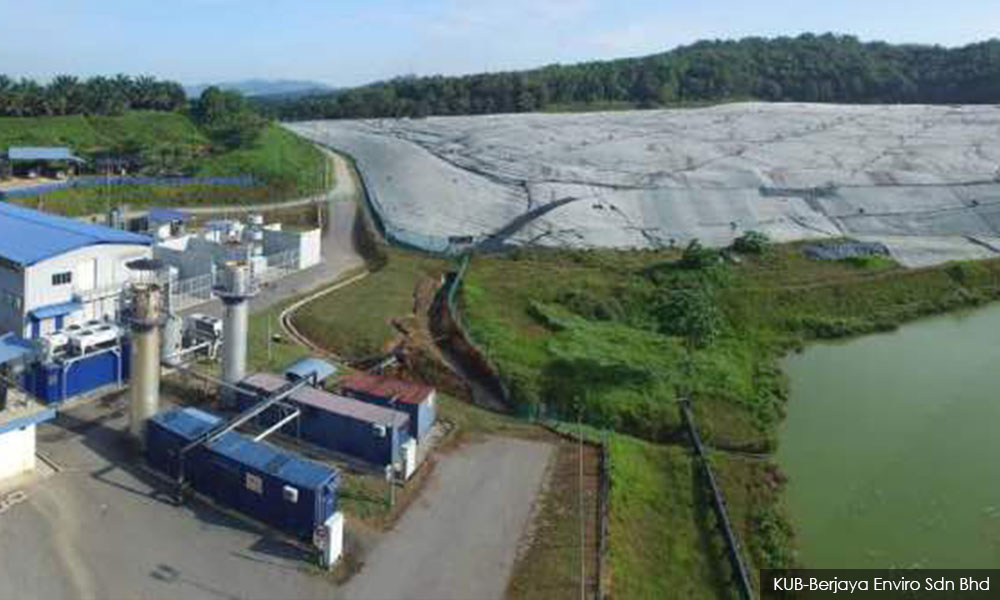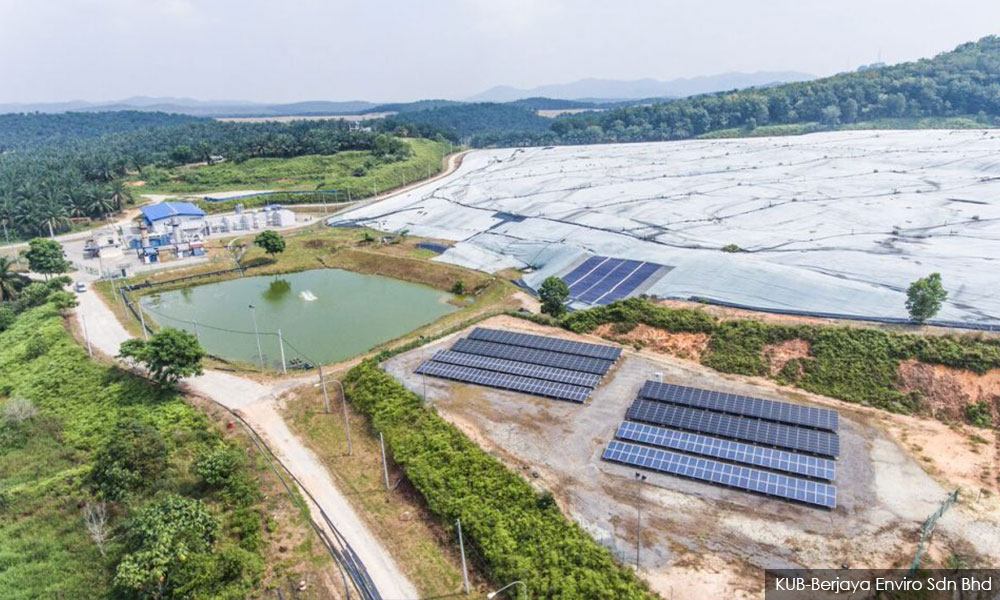LETTER | We refer to the letter Sanitary landfills versus waste-to-energy incinerators which was in response to our earlier letter Clearing the air on Bukit Tagar sanitary landfill.
The writer said that his letter “was not written to attack BTSL but to highlight the need for a WEP plant to support the growing population in the Klang Valley and the major cities in Malaysia and making a comparison to a sanitary landfill”.
Similarly, we also wish to point out that our response was also not an attack against the WEP but to clarify the position of BTSL (Bukit Tagar Sanitary Landfill) in the context of waste management in Kuala Lumpur and other misconceptions about BTSL since BTSL was mentioned in the original letter by the writer.
As to whether the WEP is needed in Malaysia in general, this is a decision best left to the good judgment of the government. However, for Kuala Lumpur, we remain steadfast in our stand that the WEP is not required to handle Kuala Lumpur waste because BTSL is already there to provide a long-term solution for Kuala Lumpur.
This stand is not derived from a profit-and-loss perspective because the WEP would threaten our long-term business as the writer claimed but from a common-sense perspective.
As we mentioned in our letter, why do we need the incinerator for Kuala Lumpur when BTSL is there to provide a long-term solution and also given the fact that the incinerator is only capable of handling less than half the waste volume at a higher price, with a shorter lifespan compared to BTSL?
The writer said that his internal assessment shows that BTSL will not last more than 50 years. We are unsure what parameters the writer used in his internal assessment because empirical data shows since the inception of household waste segregation in Kuala Lumpur in September 2015, the waste volume received at BTSL is reduced by approximately 5% annually.
In addition to this, an effective 3R strategy by the government with a targeted 22% waste reduction in the short-term will further decrease the waste volume. Taken in totality, these practices and other recycling policies over the long-term will enable BTSL’s 120 million tons capacity to last over 100 years for Kuala Lumpur’s waste as stated.

BTSL will eventually exhaust its capacity in the long-term. However, with a solution of over 100 years, is it necessary for the authority to look for an alternative in the form of the WEP at this point so that it does not become “a problem for the future generation to solve” as the writer contended?
Why put the cart before the horse? A hundred years is a long time and many new waste treatment technologies will evolve that can take care of the issue in the future. Hence, it is spurious to say that it is a problem for the future generation to solve.
The writer contended that we did not do an apple-to-apple comparison and has not assigned any cost to the value of the land where the landfill is situated or the cost of transportation to BTSL. Again, this is a wrong presumption as all these have been factored in to arrive at the overall cost impact of disposing waste at BTSL.
This data is available to the government and it is up to the government to disclose the information to the public as we are bound by the agreement on disclosure. Suffice to say that the recently elected government is convinced enough by the data to shelve the WEP project in Kuala Lumpur indefinitely.
The writer is also concerned about the economic impact of pollution from the landfill, leachate leakages to the ground as well as the emission of methane gas to the environment. The writer’s concern is justified if he is talking about an un-engineered dumpsite.
However, in BTSL all these are addressed because it is a fully engineered landfill based on the highest environmental standards as previously explained. Methane gas is no more dangerous than dioxin that can be produced by burning waste in an incinerator. It is a matter of design and operation standards to reduce and mitigate any possible pollution to the minimum.
The numerous awards achieved by BTSL mentioned in our letter are not intended to impress the writer but to counter the writer’s assertion that all landfills are environmentally unfriendly. These awards are given to BTSL in recognition of BTSL’s technology and environmental compliance.

Far from the writer’s assertion that “some have value and others are for the purpose of marketing and given by a professional event company,” these awards are given by national council and professional bodies like the Singapore Environment Council, the Institution of Engineers Malaysia, the Association of Consulting Engineers Malaysia and regional NGOs after peer review assessments and stringent site audits.
Furthermore, BTSL has no need for any marketing as it is a government-owned facility to manage municipal solid waste and any dissemination of information is meant for public education, not commercial purposes.
The writer pointed out that advanced countries around the world have switched to WEP from landfills. Malaysia is not yet a developed country, and in the context of waste management, there’s a lot more that needs to be done before this switch is required. Many developed countries are in fact still using sanitary landfills as a predominant method of waste disposals such as Australia, New Zealand, Hong Kong and many parts of the UK and the US.
Ideally, the WEP should only be implemented when the country has successfully achieved an effective segregation of waste at source, otherwise, the impurities in the wastes will impact the operation of the WEP plants and may emit pollutants into the air.
Currently, without an effective segregation of waste at source at the national level, the co-mingled nature of waste is not conducive for the WEP due to the high moisture and low calorific value waste that will find its way into the facility. These are among the reasons the incinerator projects in Labuan, Langkawi, Tioman, Pangkor and Cameron Highlands have failed.
It has taken advanced countries decades to achieve the desired level of waste segregation at source and to successfully transition to WEP from landfills. Malaysia should aspire to achieve the same, but until then, specifically in Kuala Lumpur, it should stick to a tried and tested facility like the BTSL.
The writer is managing director, KUB-Berjaya Enviro Sdn Bhd, the concessionaire for the Bukit Tagar Sanitary Landfill (BTSL).
The views expressed here are those of the author/contributor and do not necessarily represent the views of Malaysiakini.

